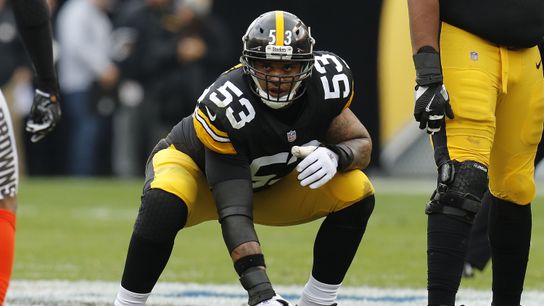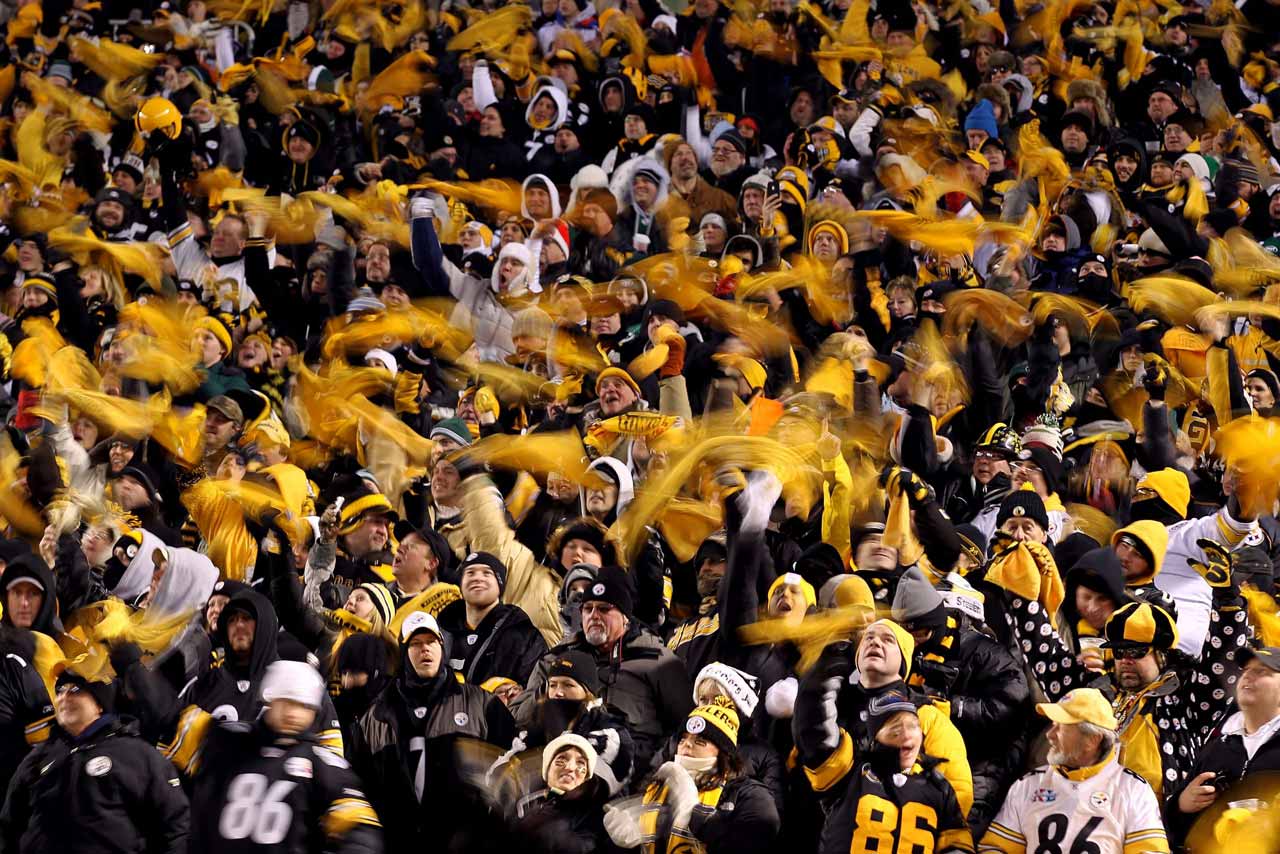The Pittsburgh Steelers have long been known for their tough, physical play. Their offensive line, a key component of success, has gone through major transformations over the last 17 years. From a run-heavy scheme in 2008 to modern pass protection strategies, the changes have influenced quarterback performance and the team’s overall efficiency. While analyzing these shifts, we can see how different players and coaching adjustments have shaped the evolution of Pittsburgh's protection schemes.
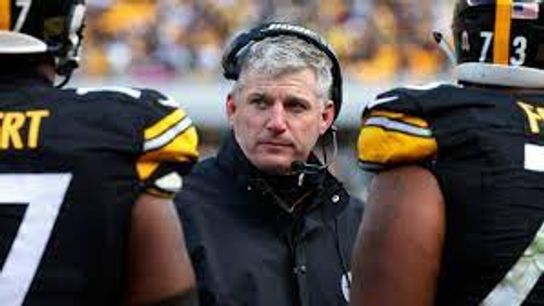
Gene J. Puskar / AP
Mike Munchak coached the Steelers offensive line from 2014-2018.
A crucial aspect of the game today is how teams adapt to fast-paced strategies, just like in online gaming. With interactive experiences becoming more immersive, players can now explore dynamic options like Crazy Time download. Similarly, the Steelers have had to adjust their approach to offensive line play to keep up with changes in the league.
The 2008 Super Bowl-Winning Line
The 2008 season was led by head coach Mike Tomlin, with offensive coordinator Bruce Arians shaping the team's attack. The offensive line, coached by Larry Zierlein, struggled in pass protection but was effective enough to support a championship run.
Ben Roethlisberger, known for his ability to extend plays, took a league-high 46 sacks that season. The offensive line featured key players like:
- Marvel Smith (LT) – A veteran presence but struggled with injuries.
- Chris Kemoeatu (LG) – A powerful run blocker but inconsistent in pass protection.
- Justin Hartwig (C) – Provided stability in the middle but lacked elite athleticism.
- Darnell Stapleton (RG) – A fill-in starter after Kendall Simmons' injury.
- Willie Colon (RT) – Solid in the run game but vulnerable against elite pass rushers.
Arians' scheme emphasized deep passing, which often left Roethlisberger exposed to hits. The line focused more on run blocking, allowing Willie Parker to capitalize on gaps, while Roethlisberger relied on his ability to make plays under pressure.
The 2010s: Building a Stronger Foundation
As the league evolved, Pittsburgh made significant investments in the offensive line. From 2010 to 2019, they transitioned from a struggling unit to one of the most respected groups in football. This period saw key coaching influences, including offensive coordinator Todd Haley (2012-2017) and offensive line coach Mike Munchak (2014-2018), who dramatically improved the unit’s efficiency.
The key turning points included:
- Drafting Maurkice Pouncey (2010) – A Pro Bowl center from his rookie year, he became the anchor of the line.
- Adding David DeCastro (2012) – A dominant right guard who brought elite pass protection and run-blocking ability.
- Signing Alejandro Villanueva (2014) – A former Army Ranger turned Pro Bowl left tackle who provided stability.
- Hiring Mike Munchak (2014-2018) – His coaching improved technique and cohesion.
- Drafting Marcus Gilbert (2011) and acquiring Ramon Foster (2009) – Both became long-term starters and key contributors.
Munchak’s influence was crucial in refining the offensive line’s technique, reducing penalties, and enhancing pass protection. Todd Haley’s scheme focused on quicker passes, which helped reduce Roethlisberger’s sack numbers from a high of 50 in 2013 to under 25 per season from 2014 to 2018. This period also saw the rise of Le’Veon Bell as an elite running back, thanks to improved blocking schemes.
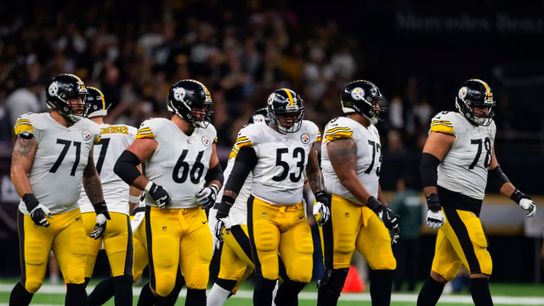
USA Today
Post-Roethlisberger Transition (2020-2023)
With Roethlisberger’s career winding down, Pittsburgh faced a rebuilding phase. Offensive coordinator Matt Canada (2021-2023) introduced a motion-heavy system but struggled to maximize the offense’s potential. The offensive line, coached by Adrian Klemm (2021) and Pat Meyer (2022-present), underwent significant changes:
- Retirement of Pouncey (2021) – Left a leadership void at center.
- DeCastro’s Departure (2021) – Forced Pittsburgh to find new interior linemen.
- Drafting Kendrick Green (2021) and Dan Moore Jr. (2021) – Both struggled in early years but gained experience.
- Signing James Daniels (2022) and Mason Cole (2022) – Helped stabilize the unit.
Despite these moves, protection remained inconsistent. Canada’s offensive system often left quarterbacks Mitch Trubisky and Kenny Pickett under heavy pressure, leading to inefficiency and stalled drives.
2024-2025: A New Era of Protection
As of 2025, the Steelers have taken steps to rebuild a formidable offensive line. Offensive coordinator Arthur Smith (hired in 2024) has brought a more structured offensive approach, emphasizing zone blocking and quicker pass sets. Under offensive line coach Pat Meyer, the focus has been on acquiring versatile, athletic linemen who can handle modern defensive schemes. Key factors in this transformation include:
- Drafting Broderick Jones (2023) – A promising left tackle with elite athleticism.
- Signing Isaac Seumalo (2023) – A veteran guard bringing stability and leadership.
- Investing in Offensive Line Depth – Pittsburgh has emphasized acquiring linemen who can adapt to multiple roles.
Smith’s offensive philosophy prioritizes balance, with an emphasis on protecting Pickett while establishing a consistent ground attack. The Steelers now focus on quicker pass protection and more agile blocking schemes to accommodate modern quarterback play. As they move forward, the unit’s ability to gel will determine the success of the offense in the coming seasons.
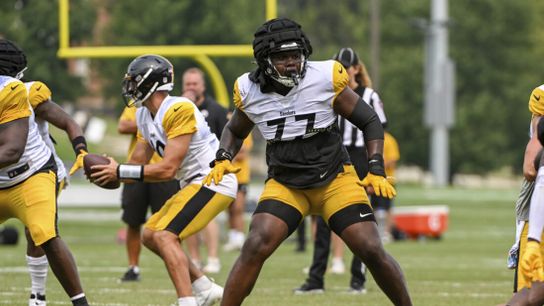
AP Photo / Barry Reeger
Steelers offensive lineman Broderick Jones prepares to block a defender as the team participates in a practice at the UPMC Sports Complex in Pittsburgh, PA.
The evolution of Pittsburgh’s offensive line shows how the game has changed. From a power-run focus in 2008 to a modern pass-protection scheme, the Steelers have continually adapted. Their future success will depend on how well their new linemen develop and whether they can protect the next franchise quarterback.

